 Mysteries
Mysteries  Mysteries
Mysteries  History
History 10 Surprising Stories About the Texas Rangers
 Humans
Humans 10 Philosophers Who Were Driven Mad by Their Own Theories
 Miscellaneous
Miscellaneous 10 Video-Game-Worthy Weapons and Armors from History
 Weird Stuff
Weird Stuff 10 Psychics Who Accurately Predicted Wartime Events
 The Arts
The Arts 10 Pieces of Art Inspired by a Broken Heart
 Health
Health 10 Science Fiction-Sounding New Medical Treatments
 History
History 10 Surprising Facts About the Father of Submarine Warfare
 Space
Space Ten Astonishing New Insights into Alien Worlds
 Weird Stuff
Weird Stuff 10 Bizarre Summer Solstice Rituals Still Practiced Today
 Mysteries
Mysteries Top 10 Haunting Facts About the Ghost Ship MV Alta
 History
History 10 Surprising Stories About the Texas Rangers
 Humans
Humans 10 Philosophers Who Were Driven Mad by Their Own Theories
Who's Behind Listverse?

Jamie Frater
Head Editor
Jamie founded Listverse due to an insatiable desire to share fascinating, obscure, and bizarre facts. He has been a guest speaker on numerous national radio and television stations and is a five time published author.
More About Us Miscellaneous
Miscellaneous 10 Video-Game-Worthy Weapons and Armors from History
 Weird Stuff
Weird Stuff 10 Psychics Who Accurately Predicted Wartime Events
 The Arts
The Arts 10 Pieces of Art Inspired by a Broken Heart
 Health
Health 10 Science Fiction-Sounding New Medical Treatments
 History
History 10 Surprising Facts About the Father of Submarine Warfare
 Space
Space Ten Astonishing New Insights into Alien Worlds
 Weird Stuff
Weird Stuff 10 Bizarre Summer Solstice Rituals Still Practiced Today
Top 10 Historical Disappearances With Modern Developments
History is full of people who have completely vanished, seemingly wiped off the face of the Earth. These cases always intrigue us due to the inherent mystery surrounding them. However, we do want some sense of finality. These next 10 entries are, by no means, closed cases, but they do show us that new developments can occur after decades of inactivity, even centuries.
10Ludwig Leichhardt

Ludwig Leichhardt was a 19th-century naturalist born in Prussia who spent the last years of his life traveling and studying the Australian inland. In 1848, Leichhardt set out on an ambitious trek from the eastern to the western coast of Australia. He was never heard from again.
Rumors were that Leichhardt’s party was massacred by indigenous people or that everyone drowned during a river crossing. Every 5–10 years, another daring explorer set out to track down the lost expedition. Best they did was discovering some trees that had been marked with “L.”
The only tangible relic of the expedition was found by an Aboriginal rancher in 1900. It was a 15-centimeter-long (6 in) brass plate with the inscription “Ludwig Leichhardt 1848.” It was attached to a gun butt left in a boab tree with an “L” on it. However, it wasn’t until 2006 that historians were finally able to authenticate the nameplate as being genuine.[1]
Now we know that Leichhardt made it at least two-thirds of the way. However, the story of how the plate was found was passed down orally from generation to generation and its location today is vague. It was somewhere around Sturt Creek, which probably meant that Leichhardt was heading toward Lake Gregory. Modern historians contend that the explorer likely met his end in the desert and are hopeful that a trace of the Leichhardt expedition might yet be found.
9Charles Kingsford Smith

Sir Charles “Smithy” Kingsford Smith was one of Australia’s most renowned aviators. In 1928, he performed the first Trans-Pacific flight from the United States to Australia. He also made the first nonstop Trans-Tasman flight from Australia to New Zealand and the first nonstop crossing of Australia’s mainland.
In 1935, Kingsford Smith was trying to break the speed record between England and Australia. Flying the Lady Southern Cross, Smithy and co-pilot John Thompson Pethybridge were headed to Singapore when they disappeared over the Andaman Sea near Myanmar. A year and a half later, a piece of airplane undercarriage and a wheel washed up on an island on the southern part of Myanmar. Lockheed Martin later confirmed it was part of the Lady Southern Cross. The rest of the wreckage was never found.
In 2005, filmmaker Damien Lay claimed to have found the airplane. His evidence came in the form of a sonar image that he alleged was the Lady Southern Cross. Some were skeptical about this claim, including explorer Dick Smith and Kingsford Smith’s biographer, Ian Mackersey. The former said the site was full of junk and the chances of the wreckage being the famous plane were 1 in 1,000. The latter claimed the Lady Southern Cross would have disintegrated on impact and not lasted 70 years.[2]
Despite the setbacks, Lay plans to excavate the site with the help of the Kingsford Smith and Pethybridge families and the Myanmar government.
8Jean-Francois De Galaup De Laperouse
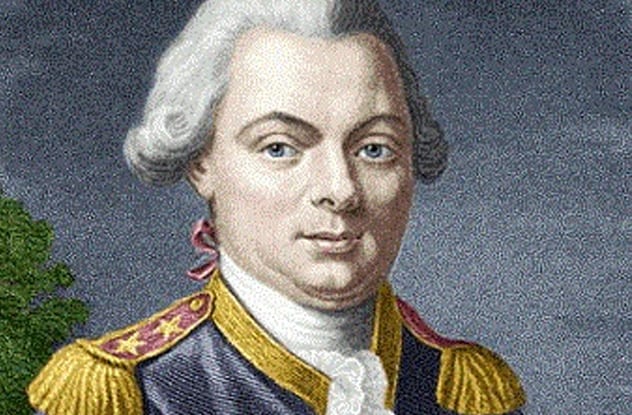
Back in the 18th century, England and France were in a constant struggle for maritime supremacy. After Captain Cook’s successful exploration of the Pacific, France had to play catchup, so Louis XVI ordered a scientific expedition around the world.
The man in charge was Comte Jean-Francois de Galaup de Laperouse, an experienced naval officer. Laperouse left in 1785 with 220 men aboard two ships: L’Astrolabe and La Boussole. Initially, the journey was successful. In less than three years, Laperouse journeyed to South America, the Hawaiian Islands, Alaska, Spanish California, Korea, Japan, Russia, and the Polynesian Islands.
At the beginning of 1788, Laperouse was in Australia. He set sail in March but not before sending a report to the naval ministry, which would be the last word anyone received from him.
Several French ships unsuccessfully tried to determine the fate of the expedition. The truth came out by chance in 1826, when an Irish sea captain bought some swords belonging to L’Astrolabe. The man, Peter Dillon, purchased the items on the Isle of Tikopia, in the Solomon Islands. Later enquiries established the swords came from the nearby Vanikoro Island, where natives knew of two large shipwrecks.
It wasn’t until the 1960s that the identity of the shipwreck was confirmed.[3] Several scientific missions were undertaken over the last two decades, and all yielded new information. In 1999, archaeologists found where the crew made camp on Vanikoro. In 2003, divers found a well-preserved skeleton encased in sediment. The last mission was in 2008, but more are sure to come.
7Ettore Majorana

Ettore Majorana was Enrico Fermi’s prized pupil. A gifted mathematician and physicist, Majorana is best remembered for his work on neutrino masses. On March 25, 1938, Majorana embarked on a boat trip to Naples and vanished.
There were several hypotheses regarding his disappearance. Some thought he committed suicide. Others claimed he was assassinated or kidnapped to prevent him from working on secret military projects. Some people believed Majorana merely wanted to leave his old life behind and start someplace new, perhaps even at a monastery, according to Italian writer Leonardo Sciascia.
In 2011, the case was reopened when Rome’s Attorney General’s Office announced it was looking into a witness statement from the late 1940s about a man matching Majorana’s description living in Buenos Aires. A forensic team also analyzed a photograph taken in 1955 of the man reported to be Majorana and found multiple points of similarity.
In 2015, the Attorney General’s Office officially closed the case on Majorana’s disappearance.[4] Based on witness testimony and photographical evidence, Majorana was alive and well in South America as late as 1959. There was no proof of criminal activity related to his disappearance.
6Herschel Grynszpan
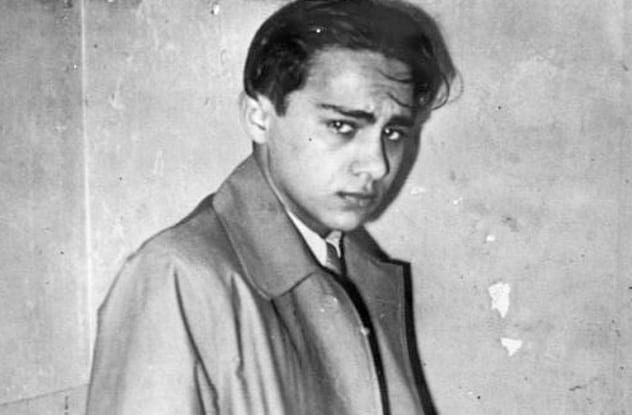
For decades, the fate of Herschel Grynszpan was one of the most enduring mysteries coming out of World War II. On November 7, 1938, the 17-year-old Jewish refugee shot and killed Nazi diplomat Ernst vom Rath in Paris. Propaganda minister Joseph Goebbels seized the opportunity and used vom Rath’s assassination to orchestrate Kristallnacht, a pogrom occurring all over Nazi Germany that targeted Jews and Jewish businesses.
Grynszpan was arrested by the Gestapo and sent to Germany. He spent the next few years being transferred between prisons and concentration camps in Germany and France. When the war broke out, his movements became less known until he simply disappeared. While some people speculated Grynszpan managed to escape and live in Paris in secret, most accepted that he perished at the hands of the Nazis, either killed by the Gestapo or dying in a concentration camp. He was declared legally dead in 1960, with his day of death listed as May 8, 1945.
Things changed last year thanks to a picture found in the archives of Vienna’s Jewish Museum. It appeared to show Hershel Grynszpan in 1946 in a German relocation camp. The snapshot was taken randomly along with dozens of others, but it clearly shows the face of one man who several historians have identified conclusively as Hershel Grynszpan. A facial recognition test also identified Grynszpan with a 95-percent likelihood.[5]
5Lloyd Lionel Gaines
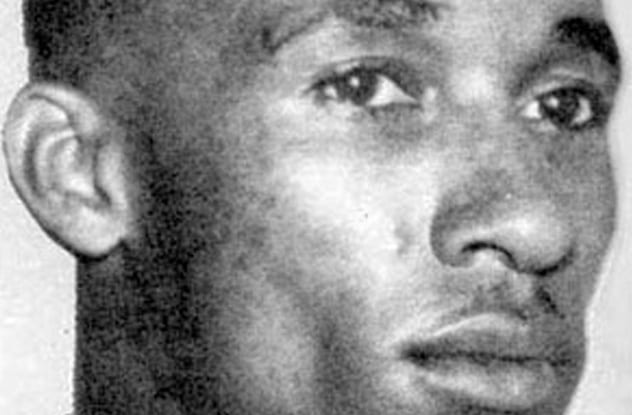
In 1938, the United States Supreme Court made a landmark decision in the case of Gaines v. Canada. University of Missouri Law School registrar Cy Woodson Canada denied admission to Lloyd Lionel Gaines because he was black, instead offering to pay tuition to a law school in a nearby state according to state law. Gaines took the university to court and won. Missouri either had to admit him or create a separate university for black students.
Afterward, Gaines spent time giving speeches at NAACP chapters. On March 19, 1939, he left the fraternity he was staying at in Chicago to buy some stamps and was never seen again.
Gaines’s disappearance was never reported and, therefore, never officially investigated. The onset of World War II pushed the story to the background until public interest died down. Most popular hypotheses claimed he was assassinated by white supremacists or that he started a new life in Mexico, tired of his newfound fame.
In 2007, The Riverfront Times did an investigative feature on Gaines, similar to one done in 1951 by Ebony magazine. While the newspaper didn’t offer a lot of new information, it provided circumstantial evidence that Gaines did, indeed, spend the rest of his days in Mexico. The reporter interviewed Sid Reedy, a fraternity brother of Gaines. He said he met with Professor Lorenzo Greene, Gaines’s mentor, who claimed to have talked to Gaines on the phone in the late 1940s while in Mexico. Greene’s son confirmed the story.[6]
4Owain Glyndwr
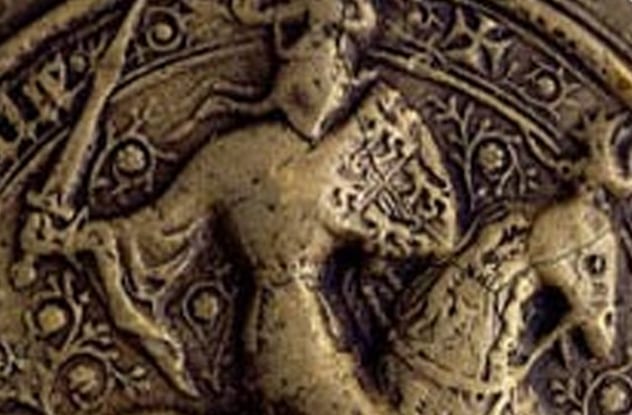
The last native Welshman to be Prince of Wales, Owain Glyndwr is remembered for his revolt against England in the early 15th century. Although the year of his death was recorded by a follower as 1415, the last three years of Glyndwr’s life are shrouded in mystery, as is his final resting place.
Even though it’s been 600 years since Glyndwr’s death, people are still trying to determine where his burial site is. In 2004, author Alex Gibbon claimed that Glyndwr was buried underneath St. Cwrdaf Church in Carmarthenshire, Wales. He believes there is a vault underneath the old church reserved for people of prominence.
The claim was disputed by experts. Adrien Jones, president of the Owain Glyndwr Society, came forward to say that members had been aware of the true burial site of the former Prince of Wales years before, courtesy of one of his descendants.[7] According to John Skidmore, Glyndwr’s resting place had been a family secret for 600 years. He claimed that the Welsh hero spent his last days with his daughter named Alice in Mornington Straddle, in Herefordshire. That is where he died, and that is where he was buried.
3Felix Moncla & Robert Wilson

Although US Air Force pilots Felix Moncla and Robert Wilson disappeared over 60 years ago, their names should still be familiar to UFO enthusiasts. During an attempted interception of an aircraft over Lake Superior on November 23, 1953, their plane vanished. Officially, the story was that Moncla crashed in the lake while in pursuit of a Canadian aircraft. However, the UFO community believes that the Kinross Incident, as it was called, involved the pursuit of an alien spacecraft.
A recent development happened in 2006 when a group of divers calling themselves the “Great Lake Dive Company” (GLDC) claimed to have found the wreckage of the plane at the bottom of Lake Superior. Further probing raised a lot of questions regarding the validity of the company itself and statements made by GLDC spokesman Adam Jimenez.
An investigation was carried out by the Mutual UFO Network (MUFON), one of the largest UFO-investigative organizations in the world. They found almost no information about GLDC or “Adam Jimenez” other than their own website and concluded that GLDC was not a legitimate corporation and their claims were unsubstantiated. When pressed for answers, GLDC refused to divulge company or personal information as a security measure, claiming to be under threat from various shadowy groups.[8]
Many investigators dismissed the Great Lake Dive Company as a hoax. The conspiracy-inclined saw their silence as just another cover-up to prevent people from knowing the story of what really happened on Lake Superior 64 years ago.
2Bobby Dunbar
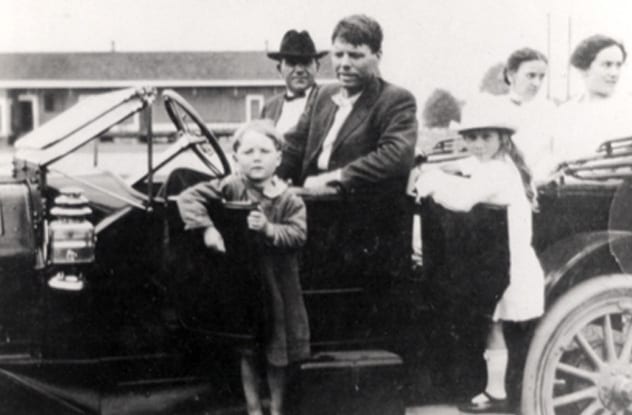
In 1912, the disappearance of four-year-old Bobby Dunbar in Louisiana made headlines across the United States. The headlines continued in 1913 when the child was found in Mississippi, living with William Cantwell Walters and Julia Anderson. The Dunbars claimed the boy was their missing son. Julia Anderson claimed he was her son, Bruce. In the end, the court sided with the Dunbars. Walters was charged with kidnapping, and the boy lived out his life as Bobby Dunbar.
In 1999, Margaret Dunbar Cutright was fascinated by the legend of her grandfather, but there were some details from the family’s version that didn’t match up with stories saved from old newspaper clippings. She started to investigate and, a few years later, the Associated Press got involved. The reporter convinced Margaret’s father and Bobby Dunbar’s oldest son, Bob Jr., to take a DNA test. They compared it with that from the bloodline of Alonzo, Bobby’s brother, and, unquestionably, a Dunbar. The two did not match. That young boy in 1913 was Bruce Anderson.[9]
A 2008 documentary showed the revelation caused a schism in the Dunbar family but brought vindication to the families of Julia Anderson and William Walters. As far as the fate of the real Bobby Dunbar, Margaret thinks the initial theory was probably right—while fishing, Bobby fell in Swayze Lake and was attacked by an alligator.
1HMS Terror
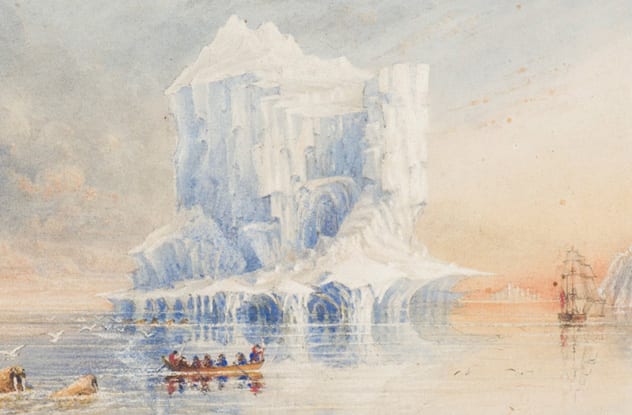
Franklin’s lost expedition was lost no more when a research team finally found the wreck of the HMS Erebus in 2014. This was almost 170 years after the ship and its crew vanished in the Arctic while trying to uncover the Northwest Passage. Of course, there was still a matter of the location of the HMS Terror, the Erebus’s companion that, undoubtedly, shared a similar fate.
With renewed interest and funding, a new expedition was organized by the Arctic Research Foundation and, in 2016, they found the wreck of the HMS Terror in pristine condition. Conveniently, it was located in Terror Bay, which had already been named after the ship 100 years ago. However, experts thought the ship’s final resting place would be almost 100 kilometers (62 mi) north of its actual location, calling into question the previously accepted truth regarding the fate of the crew.[10]
It was believed the men died trying to reach a trading post on foot. Now, it is conceivable that survivors purposefully boarded down the Terror, remanned the HMS Erebus, and tried to sail it south on the Back River. This is a new point of debate between experts on the Franklin expedition. Given the excellent condition of the HMS Terror, perhaps clues onboard the ship will solve the mystery in the coming years.








